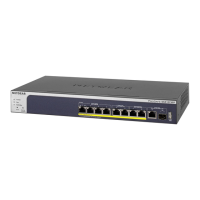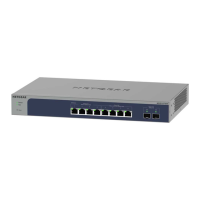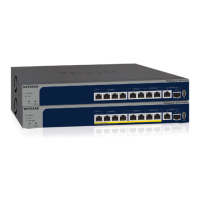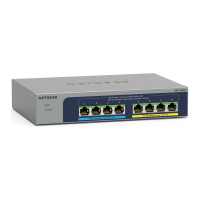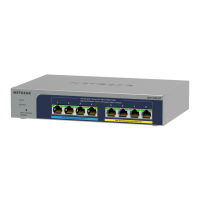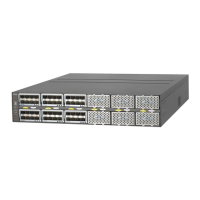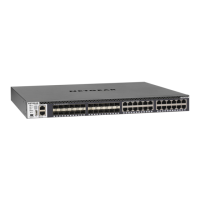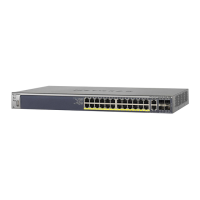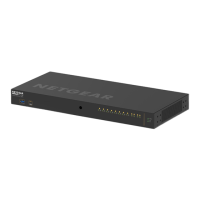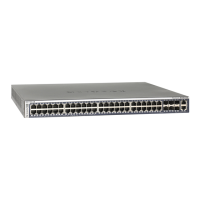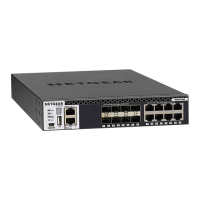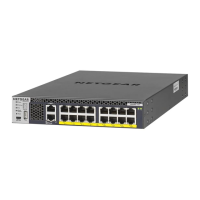Why is file transfer slow on my NETGEAR MS510TX?
- ZzcooleyJul 25, 2025
Slow file transfers or degraded performance on your NETGEAR Switch can occur due to a broadcast storm caused by a network loop. To resolve this, ensure only one path exists between any two networked devices to break the loop. You can also configure the Spanning Tree Protocol (STP) via the switch's web management interface to prevent network loops.
